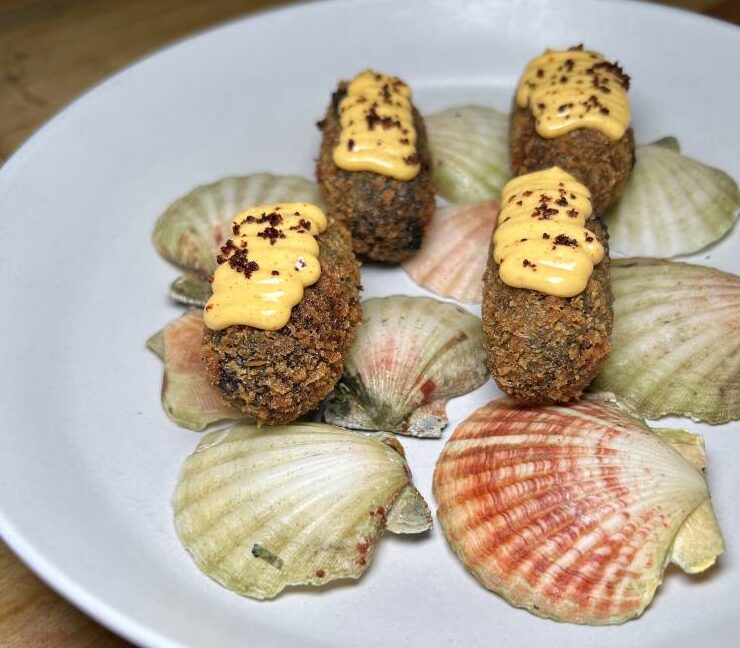Flavors off the beaten path
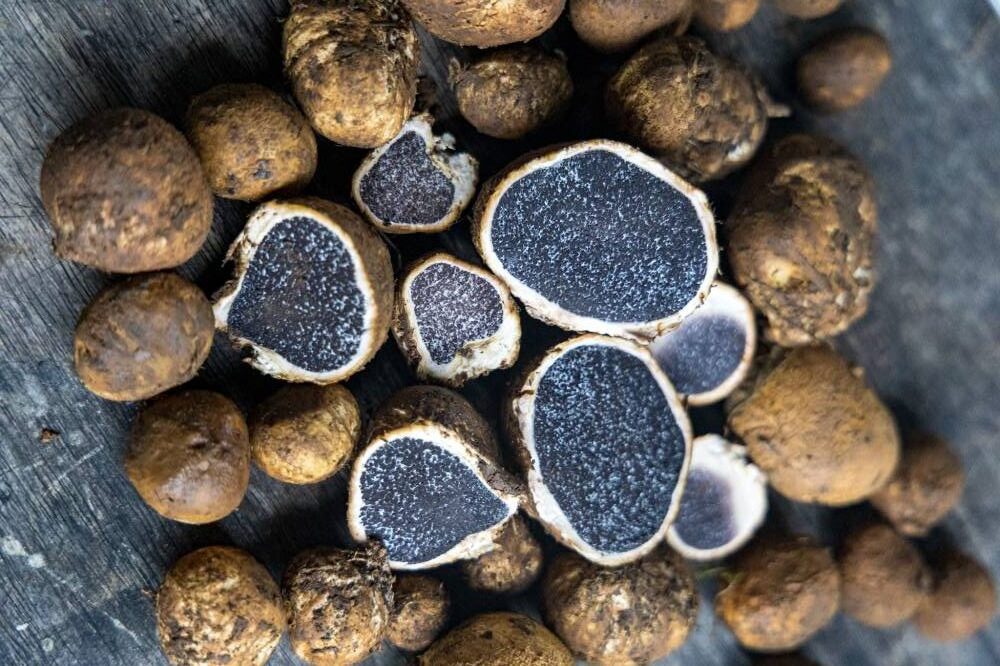
I had the joy of learning from Lokalpedia’s John Sherwin Felix, whose research and tireless pursuit of Philippine ingredients, traditional techniques, and cooking methods were truly enriching. In a spirited three-hour exchange, he took me on a mouthwatering expedition across the archipelago. He opened my eyes to dishes entirely new to me. His stories revealed the diversity, depth, and ingenuity of Filipino cuisine, worthy of the world stage.
From the dishes, I picked a few to share—standouts for their uniqueness, rarity, and the fascinating stories they carry. Plus, the possibility and ease of finding these ingredients online.
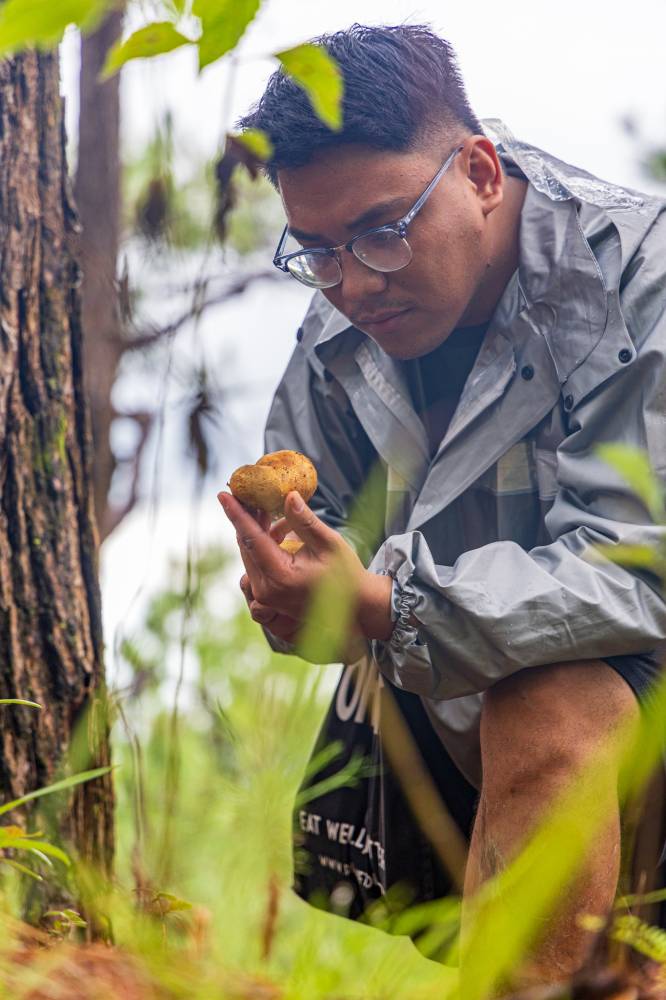
Gamet empanada
Of the dishes Felix presented, this is the only one I’ve tried. The best I’ve tasted comes from the foothills of the Cape Bojeador Lighthouse in Burgos, Ilocos Norte.
Unlike the usual papaya or mung bean filling, the Burgos version uses gamet seaweed, eggs, and longganisa. Rare and laborious to harvest, gamet is called the region’s “black gold.” Found along the coasts of Ilocos Norte and Cagayan, it is gathered by hand during the amihan season, cleaned, and sold fresh or dried into sheets and cakes.
Beyond empanadas, gamet flavors dinengdeng, sinigang, okoy, omelets, and ensaladas, or simply simmered with onion, tomato, and salt into the humble soup called tinenneb.
Adobong bu-o
Bu-o, also known as bu-ow or atayan, is an edible earthball mushroom that resembles small potatoes. Typically foraged near tree roots—especially pine or saleng in the Cordillera region—bu-o is eaten by the Kankanaey, Itneg, and Ibaloi. Its interior is white when young, darkening as it ages. At both stages, it is edible, though younger ones are preferred. It’s referred to as the “Cordillera truffle,” but unlike true truffles, it lacks the distinct aroma.
The mushrooms are made into adobo—sautéed with onion and garlic, cooked with soy sauce and vinegar, and often mixed with vegetables like bamboo shoots (rabong).
Oko-oko
Oko-oko is a dish made with regular or glutinous rice cooked inside the shell of tehe-tehe, a type of sea urchin. It may be prepared with or without aromatics and spices. The natural umami from the urchin’s gonads infuses the rice with a rich, savory flavor.
Oko-oko is prepared in the Sulu archipelago and the Zamboanga peninsula.
Delicias de pili
Delicias de pili is a pretty flower-shaped soft pastry filled with ground pili and bright, sweetened lemonsito at the center.
Lemonsito, or limeberry, is a spiny citrus shrub prized for its sweet lime-flavored fruits. In Samar, it is preserved for heirloom treats like borracho and mazapan de Toledo, while in Bicol, it flavors conserba, santan, and dulceng tangkwa. Meanwhile, in Iloilo, it brightens leche flan and aguado. Delicias de pili is sold by Charito’s Delights in Catbalogan, Samar. The plant can also be purchased online.
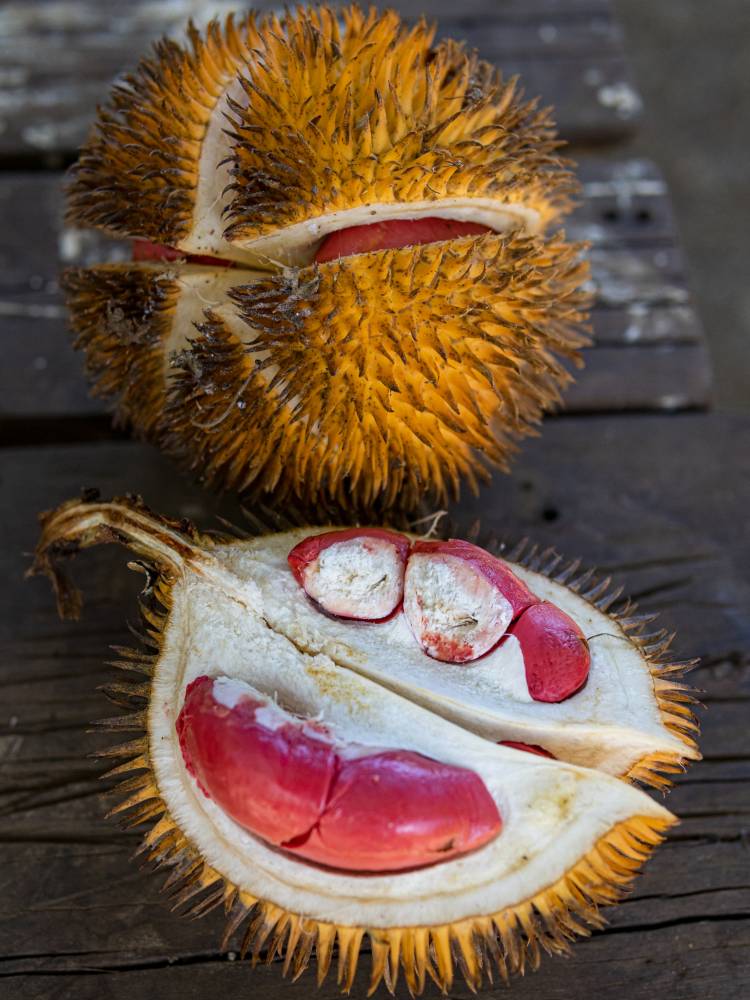
Sinukalang dugyan
A dessert or bread spread from southern Palawan, made with dugyan flesh, typically sweetened with sugar, milk, or honey (locally known as dugos).
Dugyan is red durian—a durian species primarily found in the forests of Palawan. The color of the fruit’s flesh ranges from a delicate pink to lipstick red. The aroma of dugyan is mild, not like the durian we know. Its taste is described as “malinamnam.”
According to Felix, neither is it sweet. It is often mixed with steamed rice or cooked as a vegetable dish, often with coconut milk. Locals also make it into timbol—dugyan preserved in honey and stored in earthen jars, left for long periods of time to ferment.
Chicken porbida
Porbida (or porvida) is a dish of native chicken, chilies, coconut milk, annatto, and alupidan leaves. Its name, from por (“for”) and bida (“life”), is also an expression of satisfaction.
The secret ingredient, alupidan or alumpiran, is a native woody vine from the grape family found in low- to mid-altitude areas of the Philippines. In Western Visayas, its leaves are used to make sour dishes like paksiw, ginataan, tinola, and tinuom, and are also used to stuff lechon and grilled fish. In Antique’s Sibalom, it is key to the local dish porbida and serves as the host plant of the rare Rafflesia speciosa, the town’s symbol.
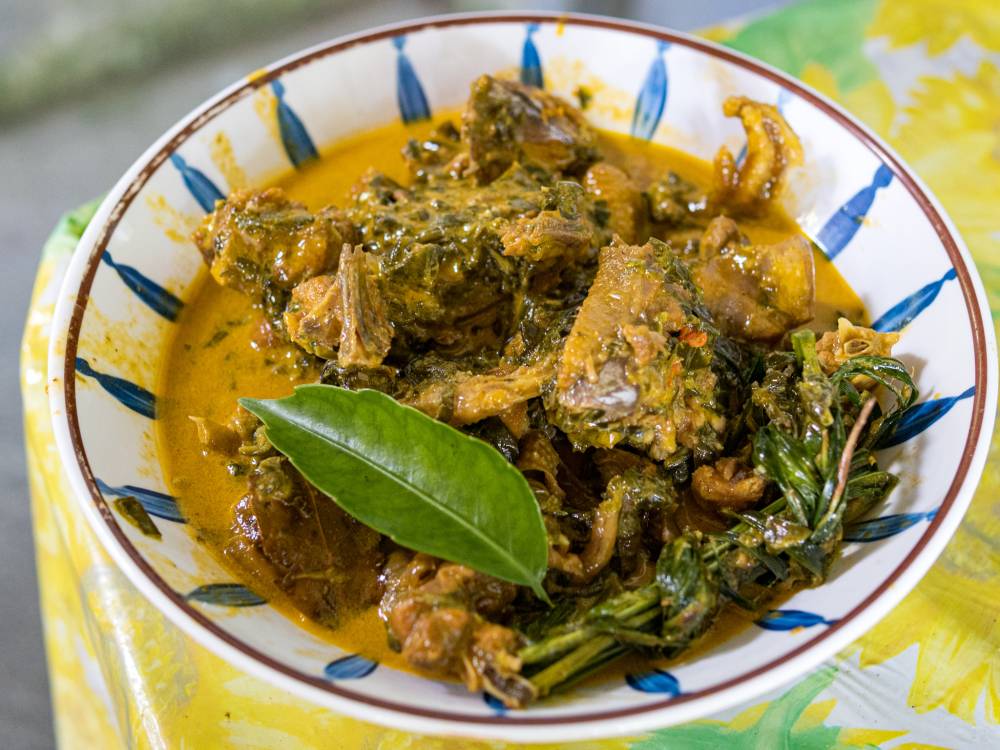
Chicken porbida of Sibalom, Antique
Ingredients:
- 1 kg native chicken
- 3 Tbsp soy sauce
- 1 tsp salt
- 1/2 tsp pepper
- 1/4 cup oil
- 3 cloves of garlic, minced
- 1 large onion, sliced
- 1 inch ginger, sliced
- Water
- 2 to 3 cups coconut milk
- 2 stalks lemongrass
- 2 Tbsp anatto seeds, infused in 1/2 cup water
- 10 alupidan leaves
- 1 to 2 chilis
- Salt and pepper, to taste
Procedure:
1. Marinate chicken in soy sauce, pepper, and salt.
2. Sauté chicken in oil. Add garlic, onion, and ginger.
3. Add a little water and bring to a boil. Once it boils, add lemongrass and annatto water.
4. Cook chicken until tender, and the liquid is reduced.
5. Pour coconut milk and let it simmer for 5 to 10 minutes.
6. Add alupidan leaves and chilies. Mix well and let it simmer again for 3 minutes. Season to taste.
Note: Measurements are just a guide—this dish is cooked by feel.

















